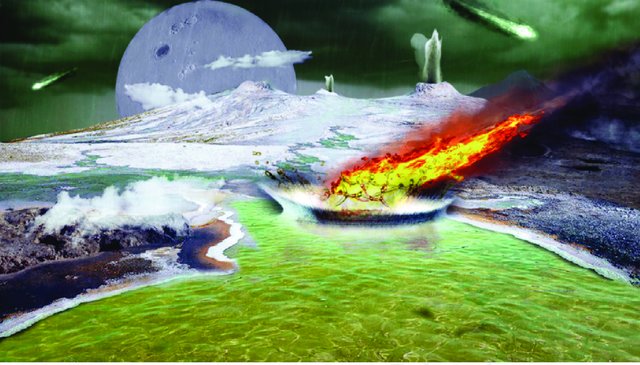We are pleased to announce that our new review article entitled ”Mineral self-organization on a lifeless planet” is now available on line: https://doi.org/10.1016/j.plrev.2020.01.001
García-Ruiz, J. M., van Zuilen, M., & Bach, W. (2020). Mineral self-organization on a lifeless planet. Physics of Life Reviews.
It has been experimentally demonstrated that, under alkaline conditions, silica is able to induce the formation of mineral self-assembled inorganic-inorganic composite materials similar in morphology, texture and nanostructure to the hybrid biomineral structures that, millions of years later, life was able to self-organize. These mineral self-organized structures (MISOS) have been also shown to work as effective catalysts for prebiotic chemical reactions and to easily create compartmentalization within the solutions where they form. We reason that, during the very earliest history of this planet, there was a geochemical scenario that inevitably led to the existence of a large-scale factory of simple and complex organic compounds, many of which were relevant to prebiotic chemistry. The factory was built on a silica-rich high-pH ocean and powered by two main factors: a) a quasi-infinite source of simple carbon molecules synthesized abiotically from reactions associated with serpentinization, or transported from meteorites and produced from their impact on that alkaline ocean, and b) the formation of self-organized silica-metal mineral composites that catalyze the condensation of simple molecules in a methane-rich reduced atmosphere. We discuss the plausibility of this geochemical scenario, review the details of the formation of MISOS and its catalytic properties and the transition towards a slightly alkaline to neutral ocean.



